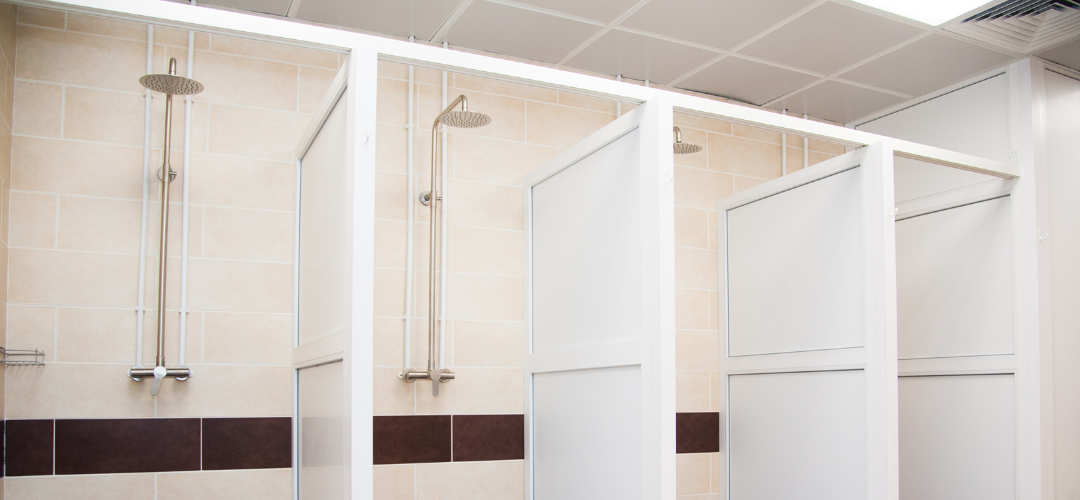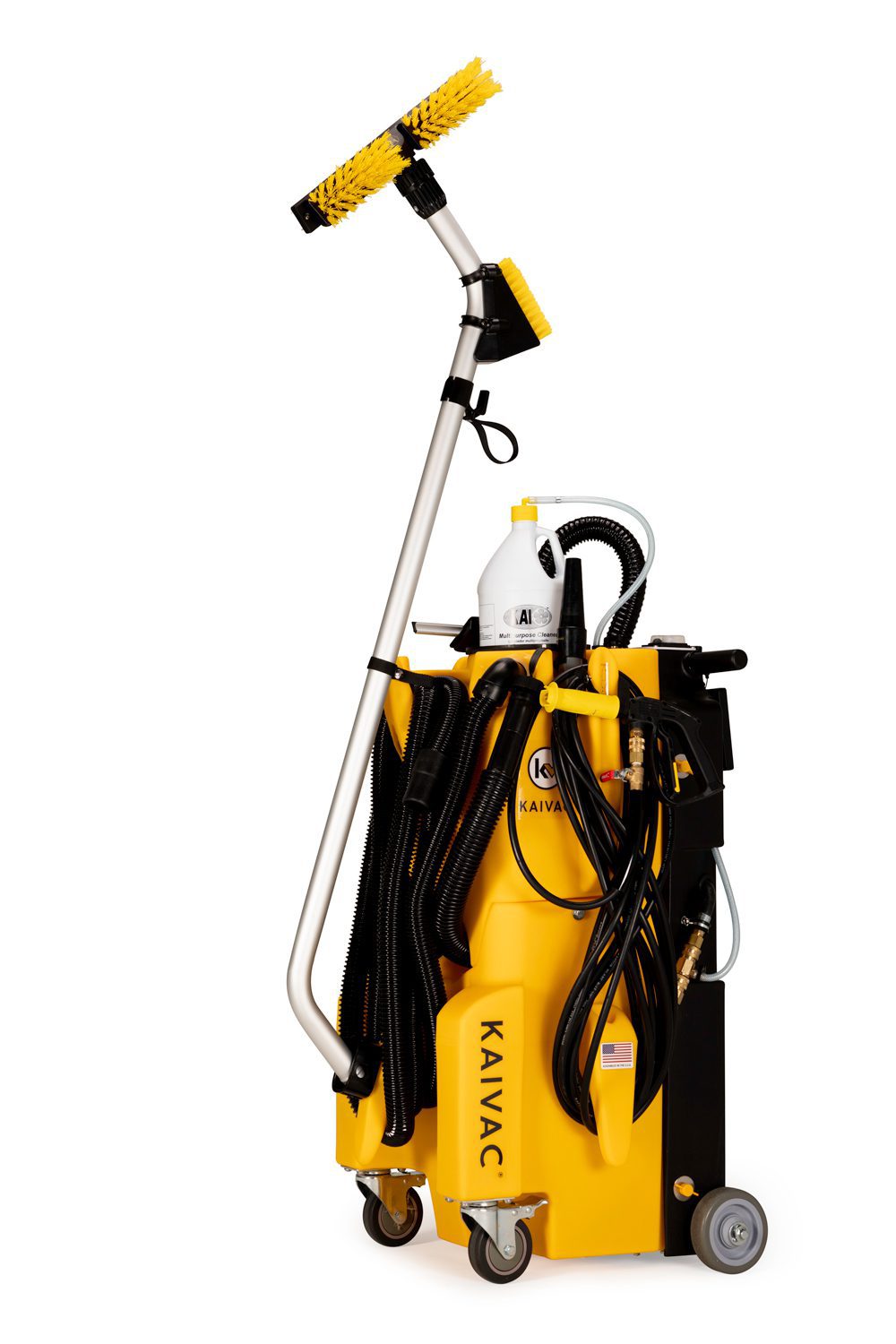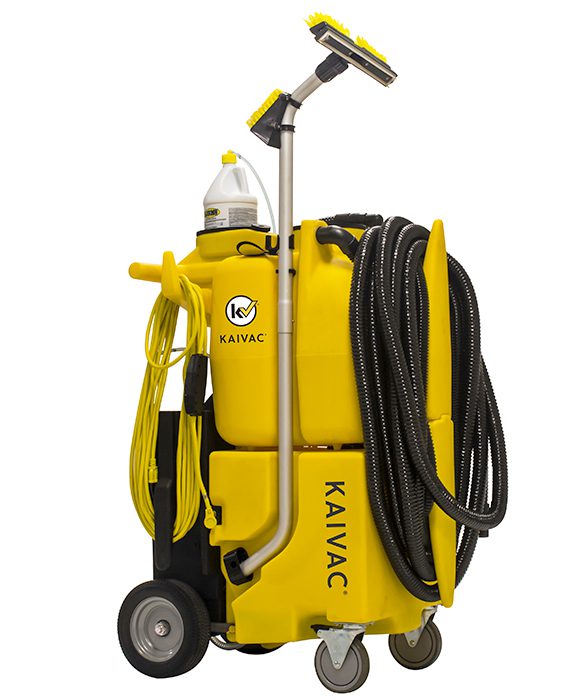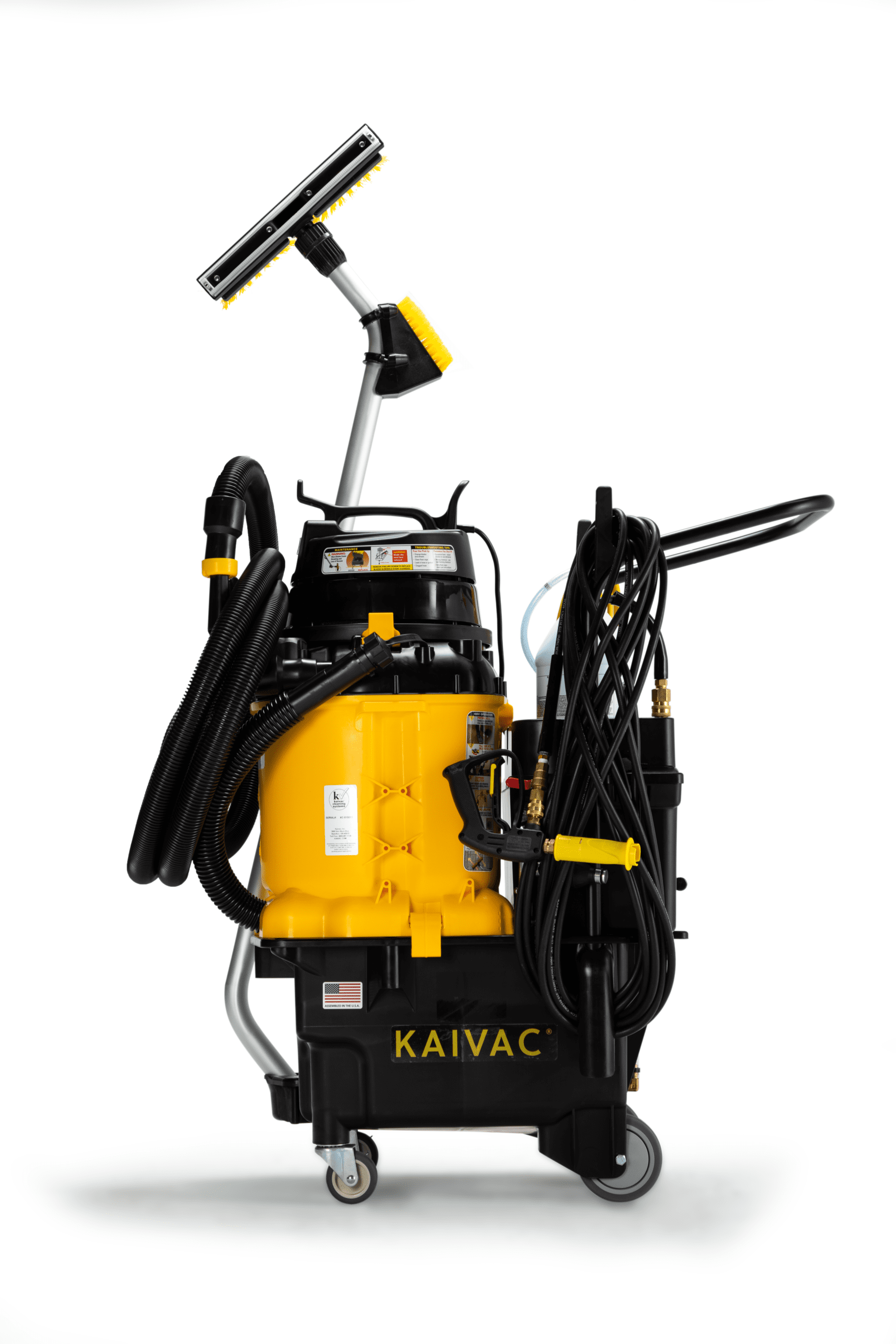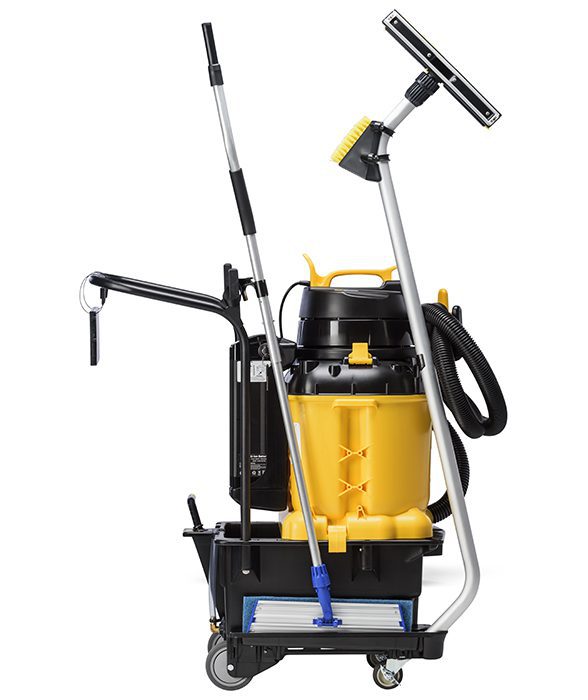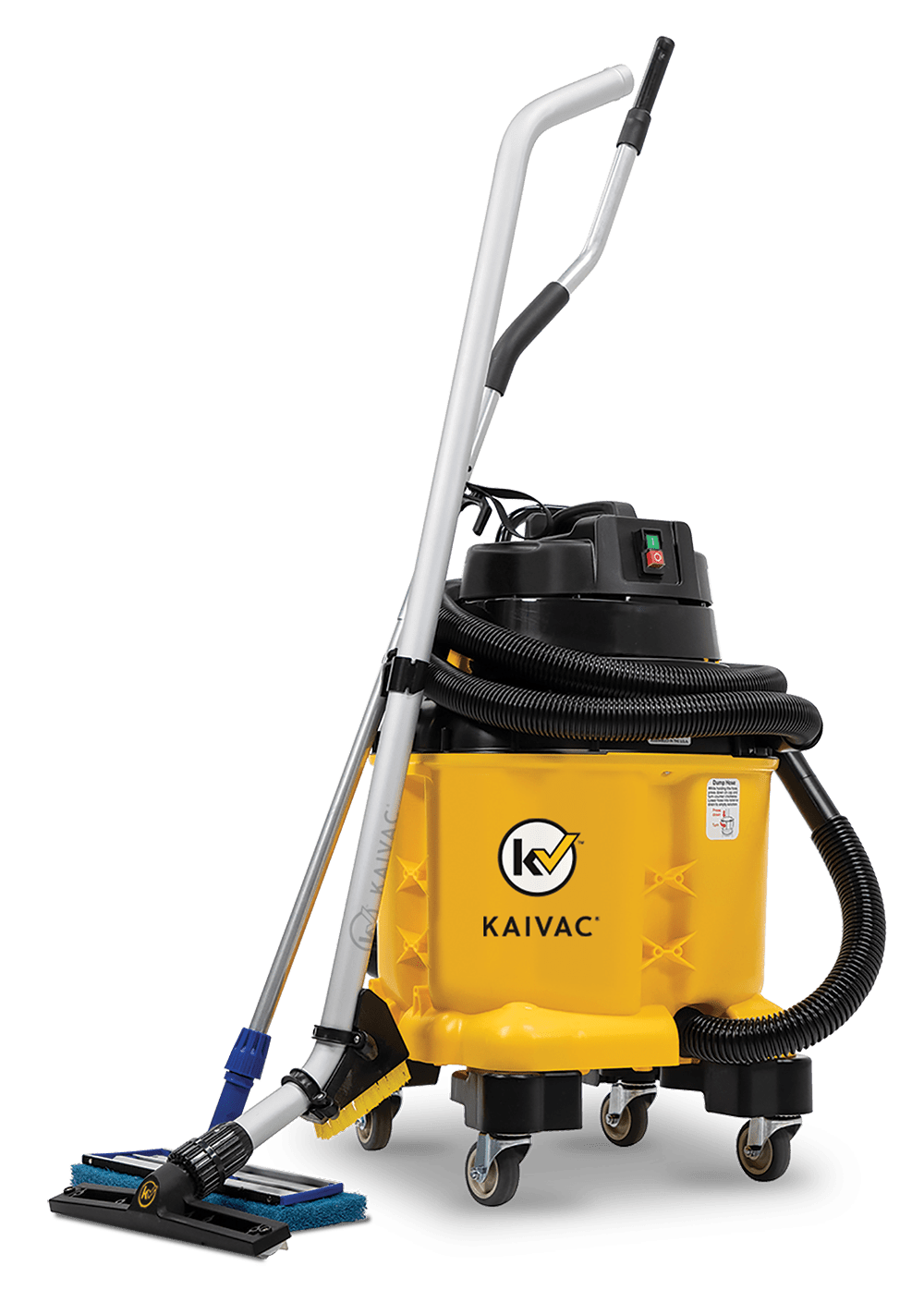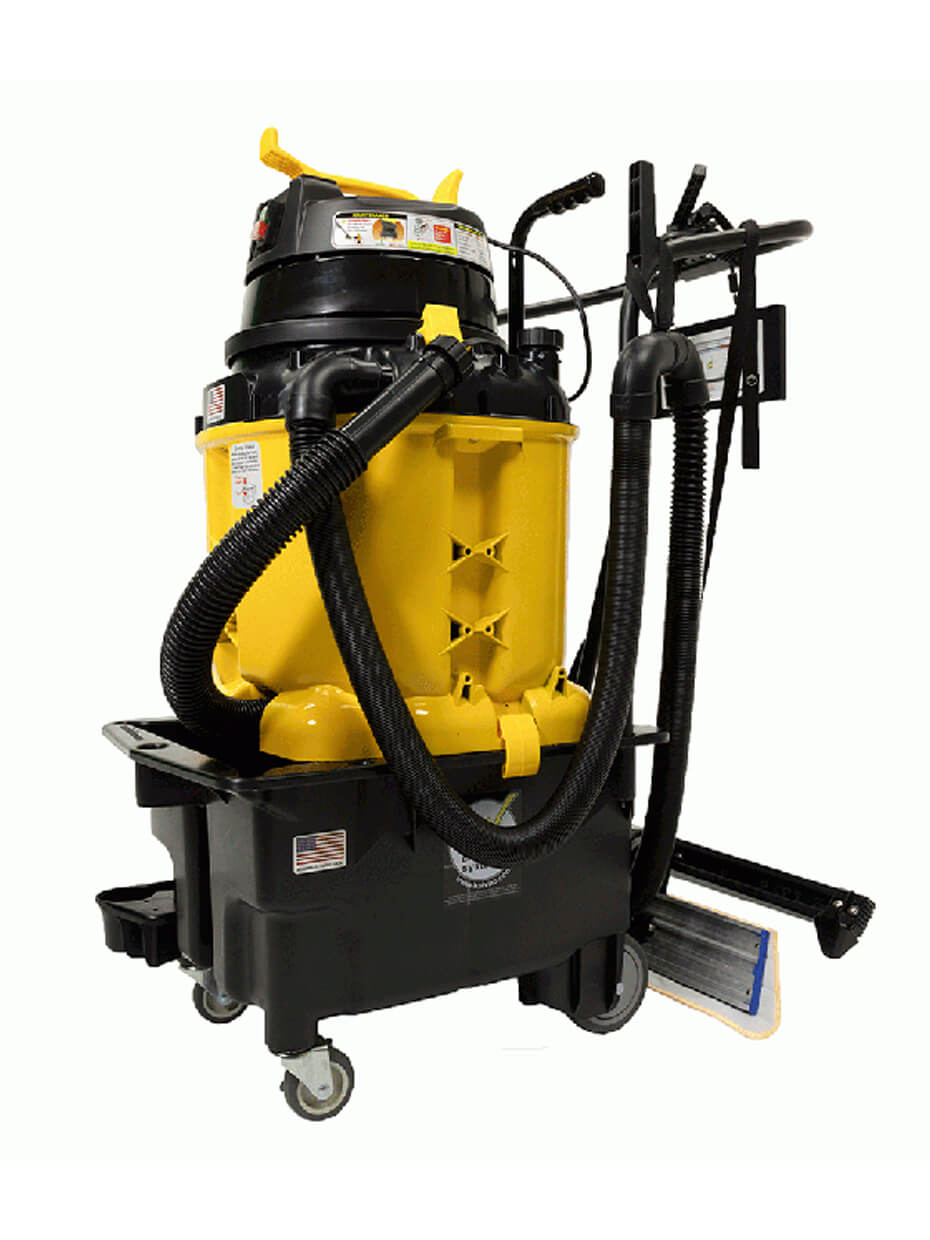In John Fuller’s book, A Day in Prison, he describes the state of many correctional facility showers. According to Fuller, cleaning and sanitation of the shower areas varies significantly in correctional facilities. This results from a number of factors. These include: who is cleaning, the age of the facility, cleaning products selected, and, of course, the number of times showers are used on a daily basis.
When cleaning varies as much as Fuller says, look to poor custodial training or the lack of adequate cleaning tools and equipment. This problem has plagued the professional cleaning industry for decades. Therefore, it makes sense that it would be a challenge in cleaning correctional facility showers as well.
Standardizing Cleaning in Correctional Facility Showers
To address these cleaning inconsistencies, ISSA established training programs that teach cleaning workers a set of best practices. ISSA is the worldwide association for the professional cleaning industry. The training helps ensure that workers perform cleaning tasks the same way every time. However, only a small percentage of cleaning workers in the US have had the opportunity to enroll in such training programs.
To help make best practice training more accessible, Kaivac developed the onboard training system KaiTutor. Cleaning workers can watch videos on how to perform certain cleaning tasks with KaiTutor. They can play a video, pause it, and practice what they have just learned. KaiTutor comes mounted on Kaivac No-Touch Cleaning systems. These systems make cleaning restrooms and correctional facility showers faster and easier for the worker. In addition, they create a consistently high standard of cleanliness. The No-Touch Cleaning process can be easily remembered as an A, B, and C approach to cleaning.
The A, B, and C Steps to Clean
A: Apply Solution
First, the machine applies cleaning solution to all areas that require cleaning. The user sprays fixtures, benches, surrounding walls, and floors. They should use the machine to apply the cleaning solution as high up the shower walls as possible. Correctional shower areas are often very humid. Moisture along with soil makes for bacteria and disease-causing pathogens to develop in these elevated areas.
B: Blast with Water
After applying cleaning solution to all areas, the worker blasts these same areas with fresh water. This is one of the most critical steps. To explain it, we use another acronym, TACT. Cleaning is made up of Temperature, Agitation, Chemical action, and Time. These four fundamentals determine the effectiveness of cleaning. The blasting of surface areas with pure water provides the agitation necessary to loosen and remove soils, washing them down to the floor.
C: Clean Up Soiled Solution
For the final step, the user cleans up the soiled solution by fully vacuuming the floor until dry. This captures any remaining moisture, pathogens, and bacteria that have not drained down floor drains. If the cleaning worker performs all three steps correctly, the shower area is now clean.
Best Practice Makes Perfect
Many correctional facilities lack the resources to train inmates on the best practices of professional cleaning. Because cleaning varies in these facilities, especially in the shower areas, administrators should consider their options for creating consistency. With KaiTutor and No-Touch Cleaning, high quality cleaning and repeatable results come within reach.
